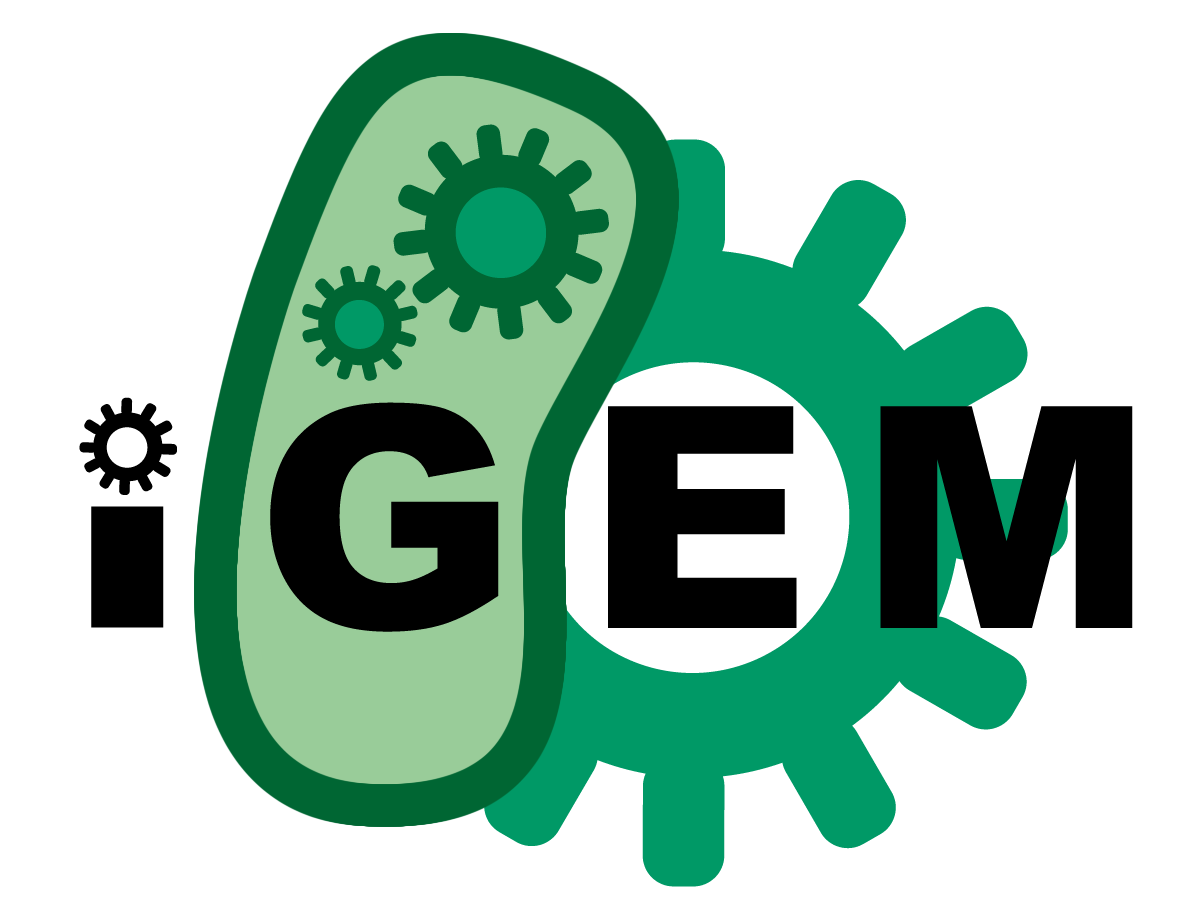Team:Georgia Tech/sandbox/HumanPractices/
From 2012.igem.org
Elsherbini (Talk | contribs) |
Elsherbini (Talk | contribs) |
||
| Line 10: | Line 10: | ||
The point of this activity was to show the students that bacteria communicate with certain types of molecules, ones only certain bacteria can receive. When these bacteria that can communicate get together in large groups, they have an advantage over the single bacteria because express new genes and alter their phenotypes. The rounds were to simulate the time lapse of bacterial communication in a large population. At first, everyone was mixed up and no one was in pairs. It took several rounds for the students to form a “quorum”, enough to express new phenotypes. However, after being given the ability to broadcast their shape and color, groups quickly found all their potential partners, winning the game. | The point of this activity was to show the students that bacteria communicate with certain types of molecules, ones only certain bacteria can receive. When these bacteria that can communicate get together in large groups, they have an advantage over the single bacteria because express new genes and alter their phenotypes. The rounds were to simulate the time lapse of bacterial communication in a large population. At first, everyone was mixed up and no one was in pairs. It took several rounds for the students to form a “quorum”, enough to express new phenotypes. However, after being given the ability to broadcast their shape and color, groups quickly found all their potential partners, winning the game. | ||
| - | After the activity, we explained the phenomena of quorum sensing and showed them a portion of the TED Talk by Bonnie Bassler, a professor at Princeton University and a driving force within the quorum sensing field, which can be found [http://www.ted.com/talks/bonnie_bassler_on_how_bacteria_communicate.html | + | After the activity, we explained the phenomena of quorum sensing and showed them a portion of the TED Talk by Bonnie Bassler, a professor at Princeton University and a driving force within the quorum sensing field, which can be found [http://www.ted.com/talks/bonnie_bassler_on_how_bacteria_communicate.html here] |
| - | + | ||
| - | + | ||
Revision as of 16:14, 1 October 2012
On September 19th, the GT iGEM team took a trip to Lambert High School at the request of teacher Janet Standeven to visit the Biotechnology Class and newly forming iGEM club team. Lambert High School is currently the only high school in Georgia to begin forming an iGEM team, and we were excited to assist in this process. The students were mainly Juniors and Seniors who have taken Biology courses before. We spent an hour and forty minutes with each class discussing synthetic biology and quorum sensing to give them perspective on opportunities in synthetic biology and iGEM.
Quorum Sensing Activity
We started with a simple quorum sensing activity designed by Dr. Mark Styczynski to get the students up and moving. We gave each person a card with a shape and two colors, and asked them not to share their card with anyone else. There were six cards of each shape, each with varying colors. In the first round, students could pick one person to ask what their card had on it. If the two cards had the same shape and one color matching, they became a pair. If not, they returned to their seats with no pair. In the next round, each student could ask one person about his or her card. The pair could only ask one person as a team, but the color could match any of the colors in the group (the shapes would have to all the same). After asking their one person, they had to sit down again. Rounds repeated like this until the whole group of six was found. Prior to the start of a round, if there was a group of three, they could announce one of their colors. If there was a group of four, they could announce their shape. The numbers of singles, pairs, threes, etc. were counted after each round.
The point of this activity was to show the students that bacteria communicate with certain types of molecules, ones only certain bacteria can receive. When these bacteria that can communicate get together in large groups, they have an advantage over the single bacteria because express new genes and alter their phenotypes. The rounds were to simulate the time lapse of bacterial communication in a large population. At first, everyone was mixed up and no one was in pairs. It took several rounds for the students to form a “quorum”, enough to express new phenotypes. However, after being given the ability to broadcast their shape and color, groups quickly found all their potential partners, winning the game.
After the activity, we explained the phenomena of quorum sensing and showed them a portion of the TED Talk by Bonnie Bassler, a professor at Princeton University and a driving force within the quorum sensing field, which can be found [http://www.ted.com/talks/bonnie_bassler_on_how_bacteria_communicate.html here]
 "
"
